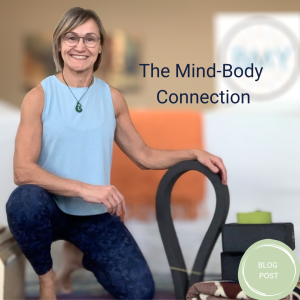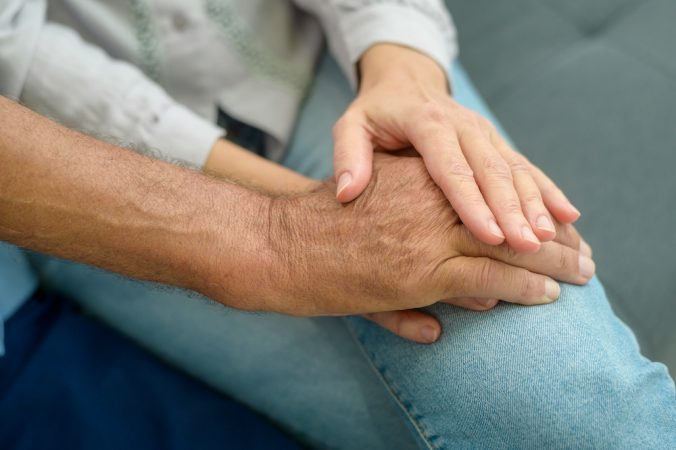Accelerated Resolution Therapy (ART) is a gentle, evidence-based approach that supports you in releasing troubling thoughts, images, or body sensations by replacing them with ones that feel more positive and empowering. I offer this process in a compassionate and secure environment — without requiring you to talk about the full details of your trauma. This is done quickly, most often within one session! Once the negative images have been replaced by positive ones, the triggers will be gone. Nightmares and repeated intrusive thoughts will stop.
One of the unique benefits of ART is how quickly it can create change. Throughout the process, you remain in control, while moving past what feels stuck and have you leave feeling renewed, peaceful, and positive.
ART is also unique in that it combines the enormous power of eye movements, to allow voluntary changes in the client’s mind, with well-established therapies like Gestalt, Psychodynamic Therapy and Guided Imagery. Eye movements are calming and therapeutic have been shown to produce theta waves in the brain. Theta waves have been connected to creativity, intuition, and daydreaming. These brain waves are often present during meditative states.
Although some traumatic experiences such as rape, combat or loss of a loved one can be very painful to visualize, early in the ART session the client has already rapidly moved beyond the place where they are stuck in these past experiences and is making positive changes of their choice. ART sessions are calming and very often joyful, especially at the end, for both the client and the therapist.
Here are some issues that have been quickly and effectively treated by ART:
- Anxiety
- Depression
- Phobias
- Panic Attacks
- Obsessive-Compulsive Disorder (OCD)
- Post Traumatic Stress (PTS)
- Addictions/ Substance Abuse
- Performance Anxiety
- Family Issues
- Victimization/Poor Self Image
- Victimization/Sexual Abuse
- Relationship Issues/Infidelity
- Codependency
- Grief
- Job-Related Stress
- Pain Management
- Memory Enhancement
- Dyslexia Anxiety
For many, the relief is not only fast but also life-changing. ART is helping people move beyond their struggles and reclaim joy, clarity, and resilience in their daily lives. Healing doesn’t always have to take years—sometimes, lasting change is possible in just a single session. Learn more here or book your consult call today.








 by Sandra Wiebe
by Sandra Wiebe
 Tip: Check out the wellness tracker. It’s a simple but powerful tool designed to help you remember the promises you make to yourself. As you complete wellness activities your tree will blossom, and so will you!
Tip: Check out the wellness tracker. It’s a simple but powerful tool designed to help you remember the promises you make to yourself. As you complete wellness activities your tree will blossom, and so will you!